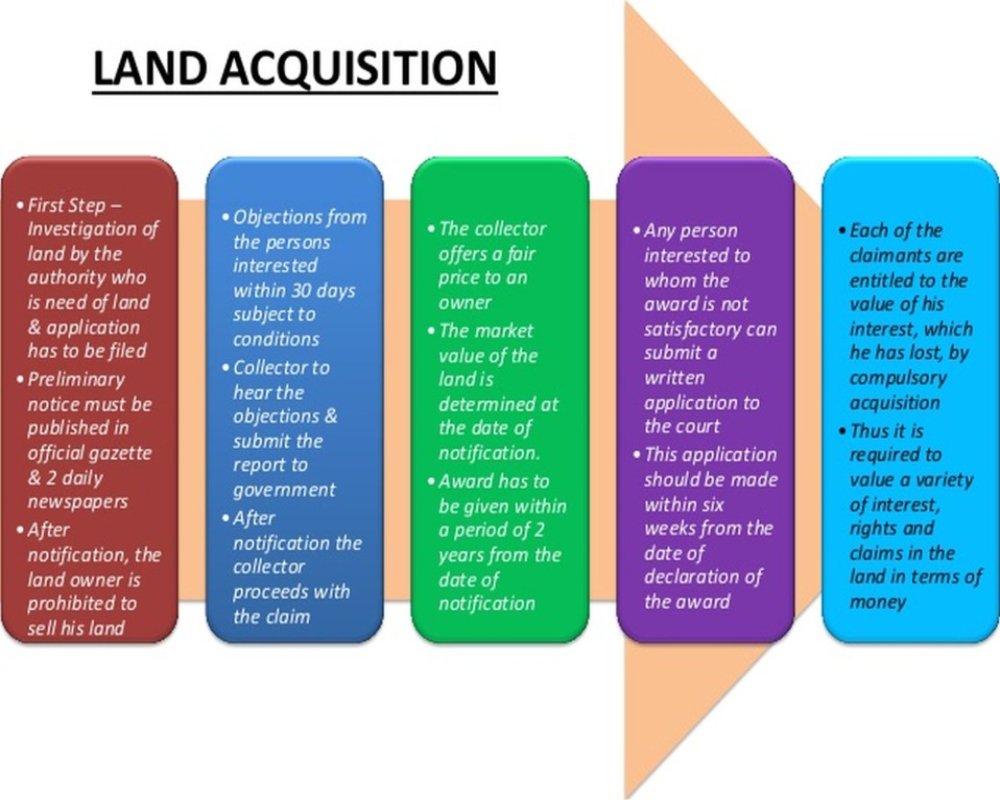Introduction
Zoning is an essential aspect of land acquisition, particularly for projects involving industrial, commercial, or mixed-use development. The zoning status of a parcel of land determines what can be built, how it can be used, and under what conditions. Navigating the zoning process is crucial for ensuring that the land being acquired aligns with the intended use, complies with local regulations, and avoids legal or operational risks. The steps involved in zoning during land acquisition are methodical and require careful planning, verification, and coordination with local authorities.
Initial Land Identification and Zoning Classification Review
The zoning process begins with the identification of suitable land based on the proposed development’s requirements. Once a parcel is shortlisted, the next step involves reviewing its current zoning classification. This classification—be it residential, commercial, industrial, agricultural, or mixed-use—determines whether the proposed project is permitted by right, conditionally permitted, or entirely prohibited. This information is typically found in the city or municipality’s zoning ordinance, master plan, or through the local planning department.
During this stage, the buyer must ensure that the zoning designation supports the project’s operational needs, such as factory construction, warehousing, logistics operations, or manufacturing. If the existing zoning does not allow for the intended use, this triggers further steps, such as applying for rezoning or seeking a variance.
Due Diligence and Regulatory Compatibility Assessment
Once the zoning classification is identified, a detailed due diligence exercise is conducted to assess all relevant zoning parameters. This includes reviewing development controls like building height limits, floor area ratios (FAR), setbacks, plot coverage, access regulations, buffer requirements, and utility infrastructure availability.
The due diligence also includes confirming whether the property lies within a designated industrial corridor, environmental zone, or any restricted area. Developers often consult local zoning maps, building codes, and comprehensive development plans to verify that the site does not conflict with regulatory frameworks or future land use plans. Legal consultants or planning experts may be engaged at this point to evaluate compliance and feasibility.
Engagement with Local Authorities and Planning Bodies
To proceed further, the buyer or their representative initiates contact with the local planning or zoning office to confirm the land’s zoning status and clarify any ambiguities. This step is crucial for validating interpretations of zoning codes and understanding local procedures for land development approvals.
Many municipalities offer pre-application meetings where the development concept can be presented informally to planning officials. This allows early identification of potential zoning challenges and helps establish whether rezoning, variances, or conditional use permits may be required. This dialogue also sets the stage for future permit applications and builds rapport with regulatory authorities.
Rezoning or Zoning Modification Process
If the current zoning does not align with the proposed development, a formal request for rezoning or zoning modification must be submitted. This process involves preparing a detailed application, including a proposed site plan, justification for the rezoning, and a statement outlining how the new use aligns with the municipality’s master plan or economic development strategy.
Rezoning applications typically go through a review by the planning department, followed by a public hearing and a decision by the zoning board or city council. Stakeholder input, including community feedback, is often part of this process. The timeline for rezoning varies but generally ranges from a few months to over a year, depending on complexity and jurisdiction.
Securing Zoning Approvals and Compliance Certification
Once the zoning classification is either confirmed or successfully changed, the next step is to apply for necessary permits and approvals that validate zoning compliance. This may include land use certificates, development permissions, environmental clearances, and utility access agreements. At this stage, detailed architectural and engineering plans are often required, demonstrating that the proposed development adheres to all zoning and building regulations.
In some cases, conditional use approvals may be granted with specific operational or design conditions. These must be clearly understood and incorporated into project planning to avoid delays or non-compliance in the future.
Finalizing the Land Acquisition with Zoning Clarity
With zoning compatibility assured, the buyer can proceed confidently to finalize the land acquisition. It is essential that zoning compliance and approvals are included as contingencies in the purchase agreement to protect the buyer in case of unfavorable zoning outcomes. The finalized deal should include all documentation that confirms the legal right to use the land for the intended industrial purpose.
Conclusion
The zoning process in land acquisition is a critical series of steps that ensures legal, functional, and strategic alignment between a parcel of land and the proposed development. It involves thorough research, regulatory engagement, legal assessment, and sometimes, zoning adjustments. Whether the goal is to build a factory, establish a logistics park, or create a mixed-use industrial complex, understanding and navigating the zoning landscape is fundamental to minimizing risk, ensuring compliance, and achieving long-term development success.
Hashtags
#LandAcquisition #ZoningSteps #RealEstateDevelopment #PropertyZoning #LandUsePlanning #ZoningRegulations #RealEstateInvesting #UrbanPlanning #LandDevelopment #ZoningProcess #PropertyAcquisition #SiteSelection #ZoningApproval #LandUseZoning #RealEstateTips #DevelopmentGuidelines #ZoningLaw #LandPlanning #PropertyDevelopment #ZoningConsultation


